
North American Land Trust
NALT works across the country with a variety of conservation partners to conserve diverse landscapes in perpetuity. Since our founding in 1992, we have completed more than 500 projects and protected over 130,000 acres across 24 states. To promote long-term stewardship of our natural and cultural heritage by implementing successful private land conservation projects and promoting innovative land conservation techniques.
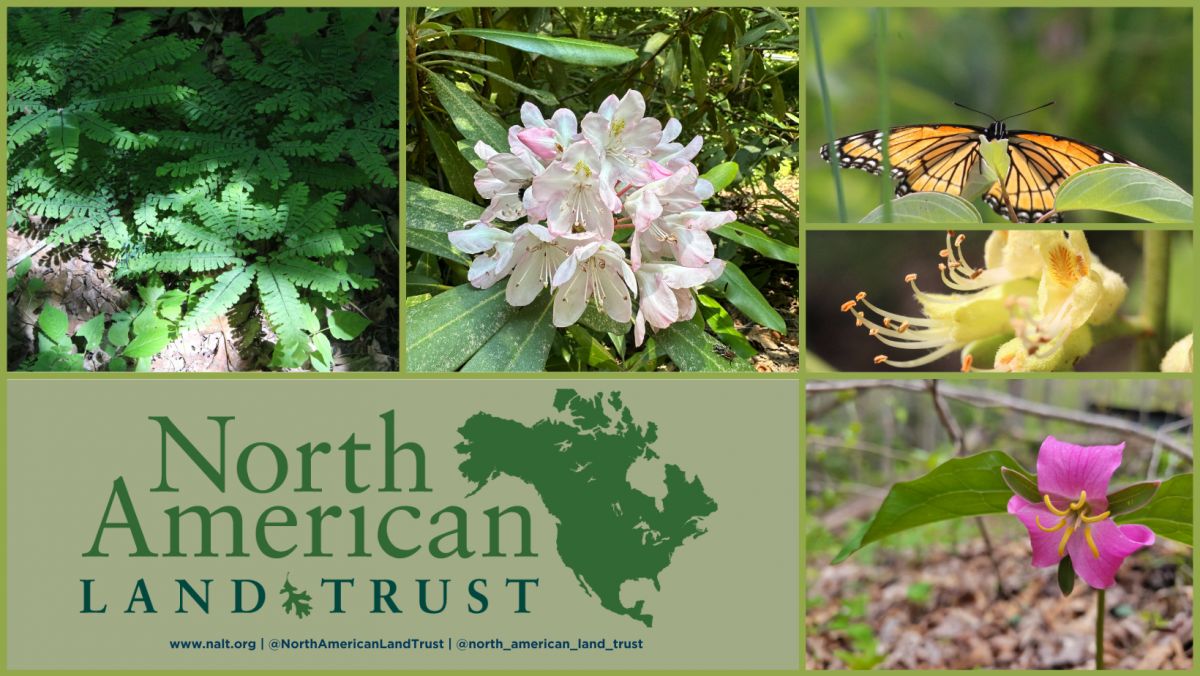
Founded
1992
1000
Web
Sign in to see organisation website
Address
CHADDS FORD
land conservation,Home - North American Land Trust North American Land Trust We Protect Beautiful Places Our Mission Our mission is to permanently conserve and steward natural and cultural resources through innovative land preservation partnerships In 1992 Andrew L. Johnson and a small group of professionals established North American Land Trust NALT with the primary purpose of preserving and managing open space with ecological agricultural or historical significance. With roots in Chadds Ford Pennsylvania we have an established focus area right here in Chester County one that we are continually growing with the help of our dedicated landowners and partners and our first public preserve Brinton Run Preserveand our new endeavor preserving the Joseph Davis House in the heart of Chadds Ford. Our Accomplishments The Numbers Speak for Themselves We work with a variety of partners including individuals corporate landowners mitigation bankers developers and municipalities all over the United States to conserve vital land using conservation easements steward properties with advanced monitoring techniques and enhance land with Conservation Management Plans.
From Social media
News about from their social media (Facebook and X).
NALT President Steve Carter has been selected to be part of the Longwood Foundation's Catalyst Together program, a leadership program for cohort of nonprofit professionals. Steve says, “I’m honored to have been selected for the third cohort of the Longwood Foundation’s Catalyst Together program. I’m excited to join a remarkable group of nonprofit leaders working to make Delaware and Kennett Square even stronger communities.
Like Comment
Data about organisation
Land Resources Conservation Category
Organisations with similar rank to North American Land Trust in category Land Resources Conservation

Since 1989, we’ve worked to protect the natural habitats and rural landscapes of Rehoboth, MA.
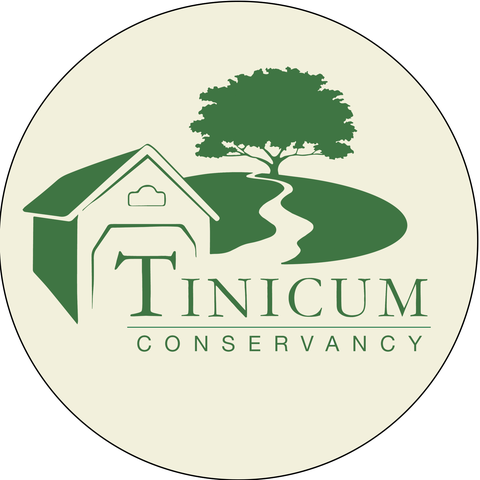
We are a non-profit land trust dedicated to the protection of farmland, forests and streams in and around Tinicum Township in Bucks County, PA.

488. North American Land Trust
NALT works across the country with a variety of conservation partners to conserve diverse landscapes in perpetuity.

489. RESTORE THE EARTH FOUNDATION INC
Restore the Earth Foundation, Inc.
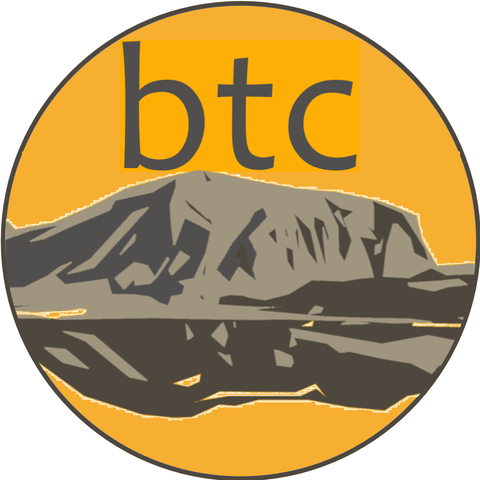
490. Beaverhead Trails Coalition Inc
Beaverhead Trails Coalition works to create trails (non-motorized) for the community of Dillon.
Similar organisations
Similar organisations to North American Land Trust based on mission, location, activites.

Aspetuck Land Trust is a non-profit membership organization whose mission is the preservation and con.
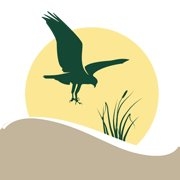
Madison Land Conservation Trust Inc
FOUNDED IN 1964, the Madison Land Conservation Trust is one of the oldest land trusts in the United States.
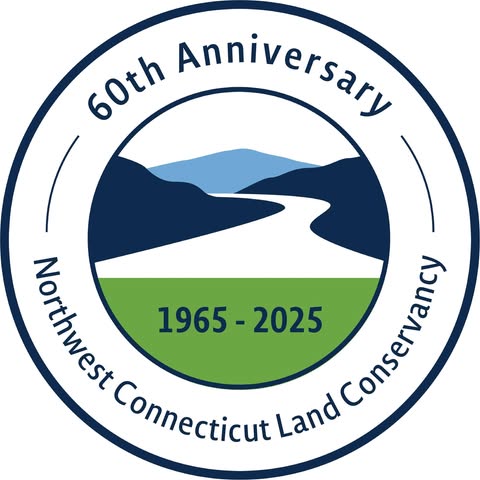
Northwest Connecticut Land Conservancy
Saving land for people, for wildlife, forever.

North County Land Trust protects land and habitat for the people, plants, and wildlife of north central Massachusetts.
Similar Organisations Worldwide
Organisations in the world similar to North American Land Trust.

Together, we can ensure more natural spaces in the Kawarthas are preserved forever.

THE NATURE CONSERVANCY OF CANADA/LA SOCIETE CANADIENNE POUR LA CONSERVATION DE LA NATURE (ca)
Canada’s leading land conservation organization.

LEGACY LAND TRUST SOCIETY (ca)
Helping communities conserve land that matters…forever.

SOUTHERN INTERIOR LAND TRUST SOCIETY (ca)
Our mandate is to protect and preserve sensitive fish and wildlife habitat for the benefit of all living things.
Interesting nearby
Interesting organisations close by to residence of North American Land Trust

Founded in 2002, Covenant Mercies exists to serve orphans in collaboration with indigenous local churches in the developing world.

NALT works across the country with a variety of conservation partners to conserve diverse landscapes in perpetuity.

An outdoor summer recreational camp and year-round monthly events for individuals ages 8 and up with intellectual and developmental disabilities.

Westminster Presbyterian Church
Located on Rt.
Similar social media (1000)
Organisations with similar social media impact to North American Land Trust

164301. AMERICAN INDIAN CHRISTIAN MISSION
AICM exists to: “Evangelize and Equip Native Americans for Christ.

164302. William Ferris Chorale
We are a 24-voice professional choral ensemble performing contemporary and seldom-heard works to Chicago audiences.

164303. North American Land Trust
NALT works across the country with a variety of conservation partners to conserve diverse landscapes in perpetuity.

164304. Pasa Pucha Corporation
Nepa Pasa Pucha Amerikaye (NPPA) is a non profit organization establish in 1991 in Washington DC to promote and protect the Newah Culture in the United States.
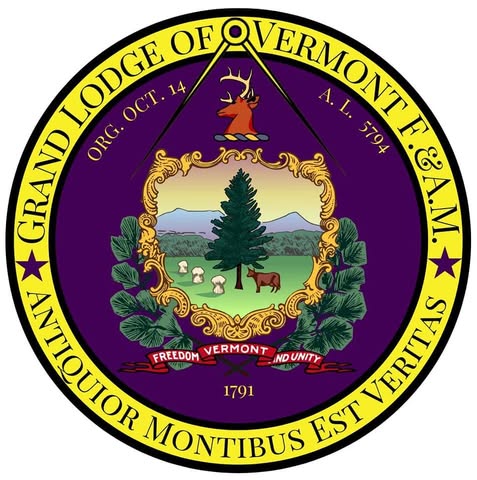
164305. Free & Accepted Masons 22 Aurora Lodge
A warm welcome to our Facebook page.
Join us and make a difference for the future!
Sign Up
Please fill in your information. Everything is free, we might contact you with updates (but cancel any time!)
Sign in with GoogleOr
Good News
Exciting news! 🎶 Warren Haynes is set to host the 33rd Christmas Jam on December 13, featuring amazing artists like Phil Lesh Tribute, MJ Lenderman, and Stone Temple Pilots! A great way to support charity and spread joy through music! Let’s celebrate community spirit! #ChristmasJam2025 #GoodNews
Warren Haynes Details Christmas Jam 2025 Featuring Phil Lesh Tribute
JamBase
Like CommentExciting news for EV lovers! 🚗💚 Volvo is offering a whole year of free home charging with every new electric vehicle purchase—such a great step towards a sustainable future! #ElectricVehicles #Sustainability
Volvo is giving away a full year of free home EV charging
Electrek
Like Comment







